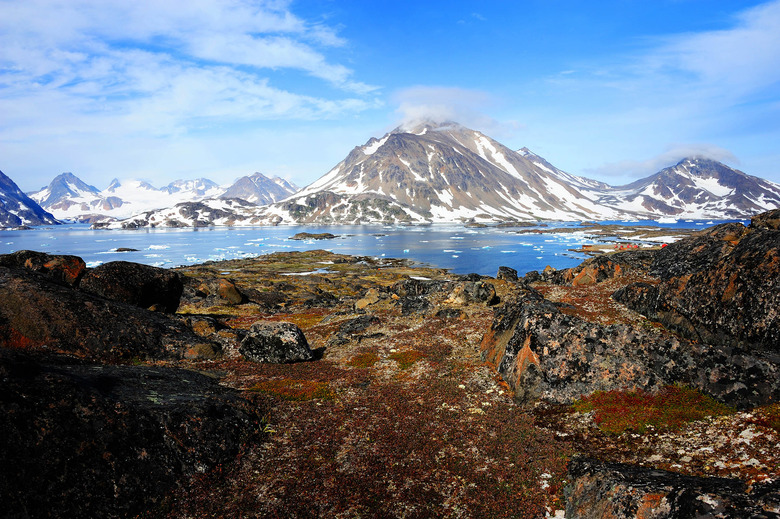New Study Claims Greenland Glaciers Are Retreating Twice As Fast This Century
A new study has revealed that Greenland glaciers are retreating twice as fast this century as the last. The revelation came after scientists compared new aerial photographs of the region with those taken during the Second World War.
Greenland is currently home to roughly 20,000 peripheral glaciers. These glaciers are located within mountain valleys, on plateaus, and are separate from the country's massive ice sheet. Many of these glaciers are melting faster than the sheet itself, alongside glaciers worldwide, helping to account for one-fifth of the sea level rise over the past century.
Laura Larocca and a team of researchers compared photographs taken between 1943 and 1987. Using those photographs, they located the front edge of 821 different glaciers and then tried to locate the moraine – a small ridge of rocks and sediment that shows the full extent of the glaciers during a period known as the Little Ice Age.
By comparing this data, the researchers discovered that the Greenland glaciers had receded roughly 7.7 meters a year on average between 1890 and 1999. In the last two decades, though, the glaciers appear to have receded 14.8 meters on average per year. That's a huge increase compared to the past century, showcasing how global warming affects these important glaciers.
The increase in the glacier's retreatment means that the rising temperatures around the world – which many believe are fueled by human-driven climate change, are outweighing the increased snowfall expected within some of the areas where Greenland's glaciers exist. This accelerated retreat is happening everywhere across Greenland despite the diversity of the climate zones found throughout the region.
Of course, glaciers always react much quicker to climate change than ice sheets do. But the concern here is that these glaciers melting is an early warning system that the ice sheet could soon see such catastrophic receding. And if the various ice sheets worldwide were to melt, we could see a terrifying 20-foot increase in the current sea level, devastating coastlines around the globe.
Further, this study isn't even looking at the volume of changes that this melting is causing. It's just looking at the area the changes are affecting. Understanding the
